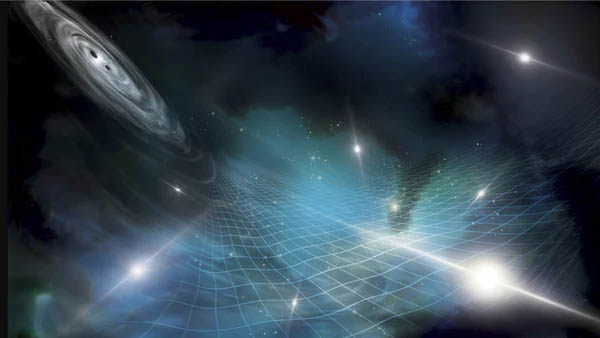Science: At Kitt Peak National Observatory, in Arizona, a telescope has spent three years creating a three-dimensional map of the sky. Examining light from millions of galaxies, the Dark Energy Spectroscopic Instrument (DESI) may have found something surprising. DESI, as its name suggests, is a tool for investigating the nature of dark energy, a mysterious entity that makes up 68% of everything in the universe and that pulls space apart in a repulsive version of gravity. Although they don’t know what it is, scientists have until now assumed that the density of dark energy has been the same since the beginning of the universe, 13.7 billion years ago. But early results from DESI suggest that this assumption may be wrong. Perhaps, DESI scientists say, the density is changing over time. “It’s very bizarre,” says Dragan Huterer of the University of Michigan, who was involved with the work. If the findings prove correct, it would put cosmology in a quandary. The study of dark energy is surprisingly new.
Direct evidence of its existence wasn’t found until 1998,
when scientists discovered that extremely bright exploding stars called supernovae were moving away from Earth faster than ever before. Their conclusion: Not only was the universe expanding, but that expansion was accelerating. “People didn’t expect this,” says Adam Riess of Johns Hopkins University, who shared the 2011 Nobel Prize in physics for the discovery. Because it’s difficult to study directly, the true nature of dark energy is still not well understood. The leading hypothesis is that it’s energy contained in the vacuum of empty space. According to quantum theory, the vacuum isn’t actually empty; it’s filled with countless pairs of particles and antiparticles that emerge from the void, only to annihilate each other. These interactions generate a “vacuum energy” that, on the scale of the universe, can tear space apart. This idea is not without its problems – when physicists try to calculate what this vacuum energy density would be, they get values between 60 and 120 orders of magnitude greater than the value currently supported by observational evidence – a failure known as the vacuum disaster. “The consensus is that fundamental new insights will be needed to resolve [the disaster],” says Dr. Hütterer.
